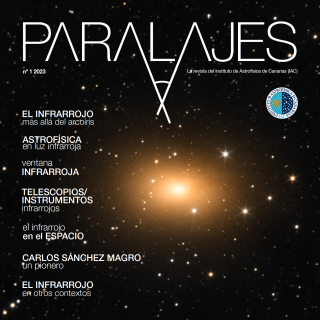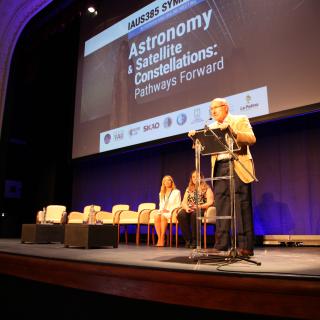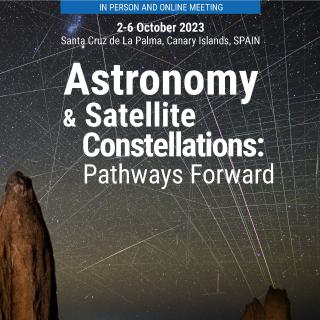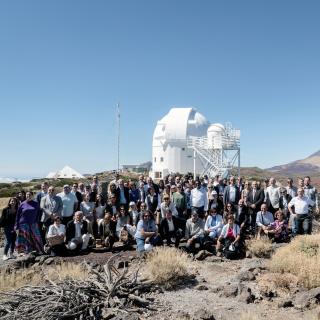
From today the new edition of the monographic magazine Paralajes, produced and edited by the IAC, is available in both digital and paper formats. This volume is on the theme of astronomy in the infrared, radiation outside the range visible to the human eye, very important in the history of the IAC, described in detail in over 170 pages. A major fraction of the energy emitted within the universe is in the infrared, but we cannot detect it except using instruments specially developed to do this. The IAC has been aware of this since its beginning, and has been developing infrared instruments
Advertised on




